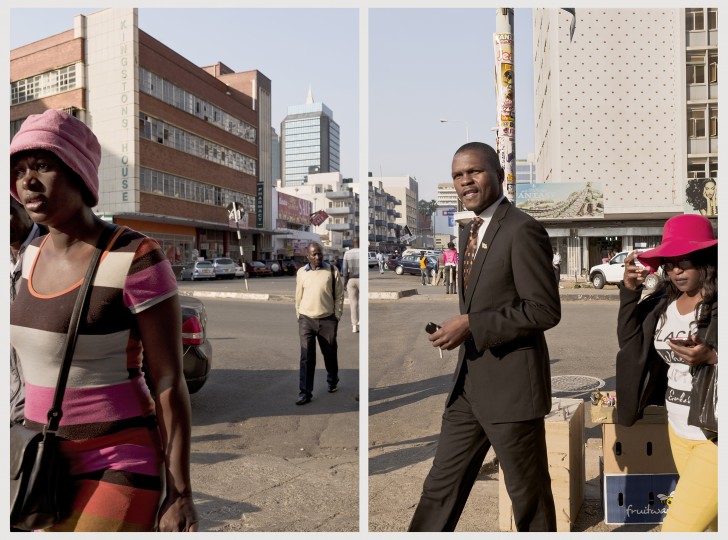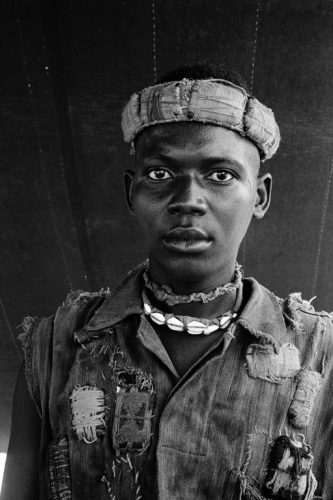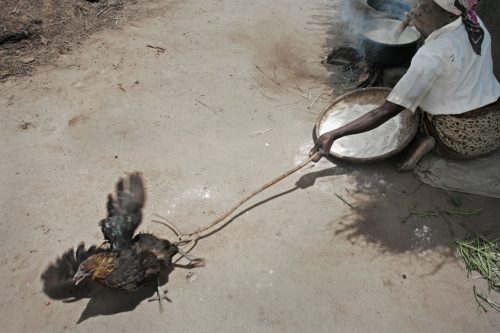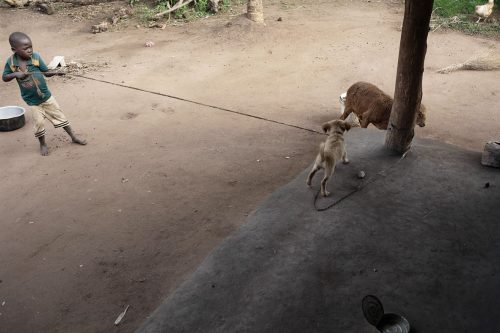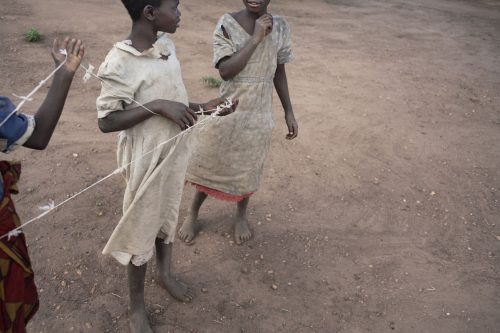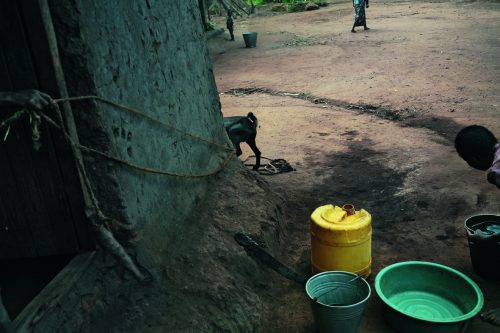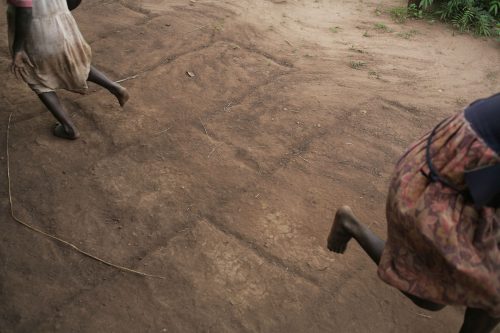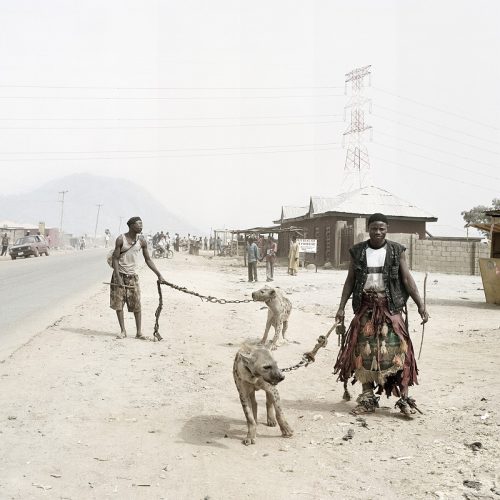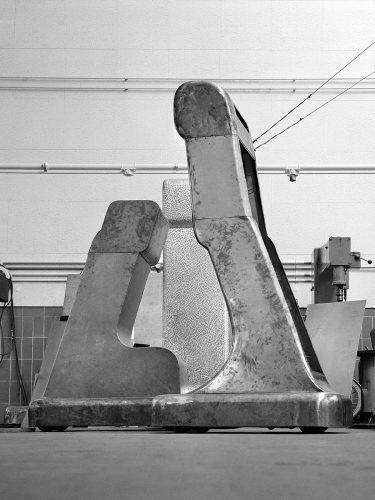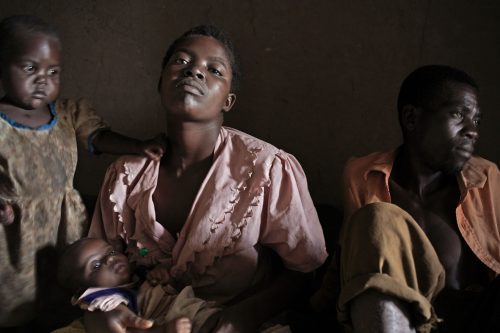Museum of the Revolution – Guy Tillim
From the very beginning of his career in the 1980s Guy Tillim has developed a new approach to photography, as a medium that can reveal the cracks and contradictions in South Africa, first during Apartheid and then in postcolonial society. For his series Museum of the Revolution Tillim won the prestigious Henri Cartier-Bresson Foundation Award in 2017. The photos were taken in the African cities of Johannesburg, Durban, Maputo, Beira, Harare, Nairobi, Kigali, Kampala, Addis Abeba, Luanda, Libreville, Accra, Dakar and Dar es Salaam. The title of the series, Museum of the Revolution, refers to the museum of the same name in Mozambique, but at the same time it also plays on the ubiquitous signs of past revolutions and historical conquerors in the streets of Africa (in monuments, street names, etc.).
Guy Tillim’s wide-ranging body of work is grounded in documentary photography. With his new series, the result of three decades of artistic practice and a continuation of his photographic research in the streets of African metropolises, which started around 2000 (‘Jo’burg’, 2004; ‘Avenue Patrice Lumumba’, 2008; ‘Libreville’, 2012; ‘Jo’burg: Points of View’, 2014), he has added a dimension to contemporary international photography that had not existed before in this specific form: a genuinely African type of street photography. We are familiar with photos of life in the townships by outstanding pioneers like David Goldblatt or Santu Mofokeng and many younger African artists who capture eye-catching, snapshot-like scenes of life in the streets and townships. Guy Tillim, however, follows with his new series Museum of the Revolution a different path, one that points to the future of the continent.
Tillim’s camera does not select, it uses no technical tricks, it does not seek out spectacular or original settings and does not widen the angle or zoom in, but rather it defines the boundaries of the image in the same way as the human field of view: it simply shows us what we can see, in a natural way, if we go there, where people in the major cities of Africa go about their business, organize their everyday lives — and thus their future. We see inside the cities as if we were looking through a multi-sectioned window at street level, just a few feet away from the people out there. The world press prefers to convey the negative aspects of the continent — perhaps one of the most powerful forms of racism today. Guy Tillim shows us the Africa of growing prosperity, economic development, improved infrastructure, increasing educational opportunities — and with it an Africa of hope, confidence and cautious optimism.
“In Maputo, the capital of Mozambique, on the Avenida 24 Julho, there is an institution called the Museum of the Revolution. The avenue was named soon after the establishment of Lourenço Marques as the Portuguese colonial capital. The 24th of July 1875 marked the end of a Luso-British conflict for possession of the territory that was decided in favour of Portugal. One hundred years later the name of the avenue remained the same, but its meaning changed. Mozambique’s independence from Portugal was proclaimed in June 1975; the capital was renamed Maputo, and now the 24th of July is Nationalisation Day, celebrating the transfer of ownership of all Portuguese property and buildings to the state. A 13-year civil war followed, ending in 1990; the People’s Republic of Mozambique became the Republic of Mozambique and a new economic era began. In the Museum of the Revolution there is a panoramic painting produced by North Korean artists depicting the liberation of the capital from Portuguese colonial rule. It illustrates the rhetoric of a revolution as the leader and followers parade through the streets and avenues, laid out with grandeur by the colonial powers. These streets, named and renamed, function as silent witnesses to the ebb and flow of political, economic and social shifts of power and become a museum of the many revolutions that have taken place in African countries over the past 65 years. These photographs were made on long walks through the streets of African capitals. When I began photographing in the 1980s, these reflected the economic stagnation wrought by socialist policies that usually accompanied African nationalism. They reflect a different reality now, of rebuilding and enterprise, and new sets of aspirations imbued with capitalistic values.”[1]
Text: Renate Wiehager, 2018
[1] Guy Tillim, Museum of the Revolution, exh. cat. Stevenson Cape Town 2017, n.p.
